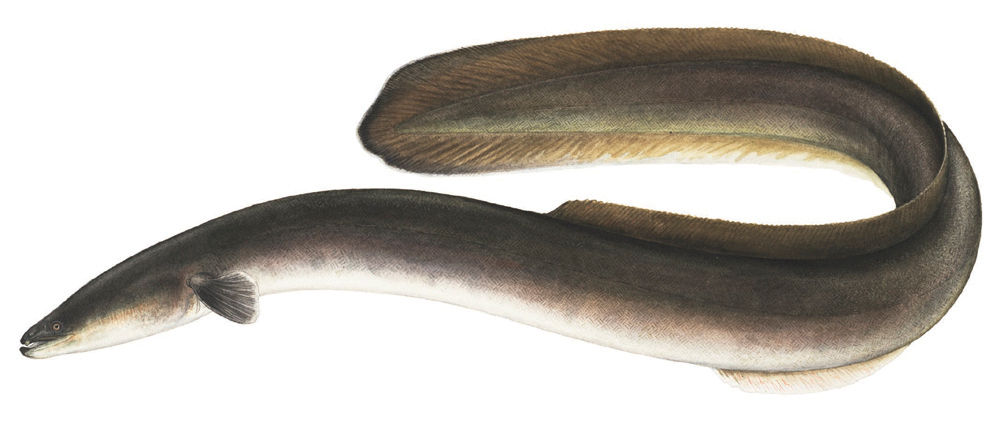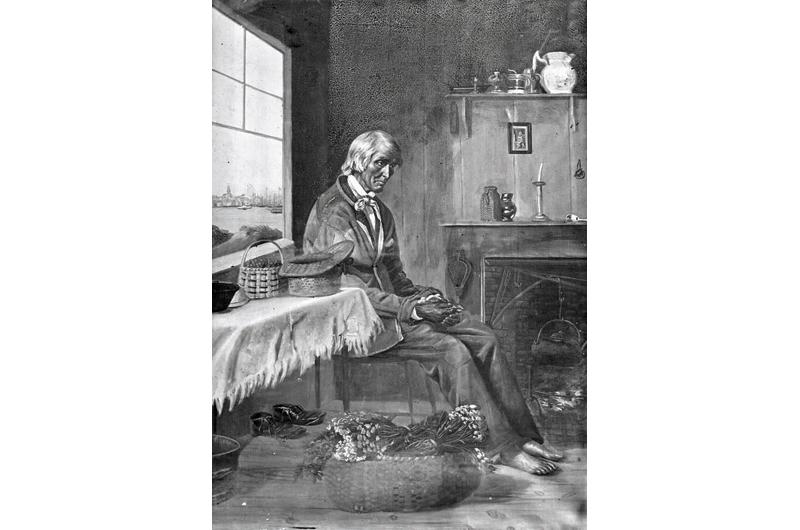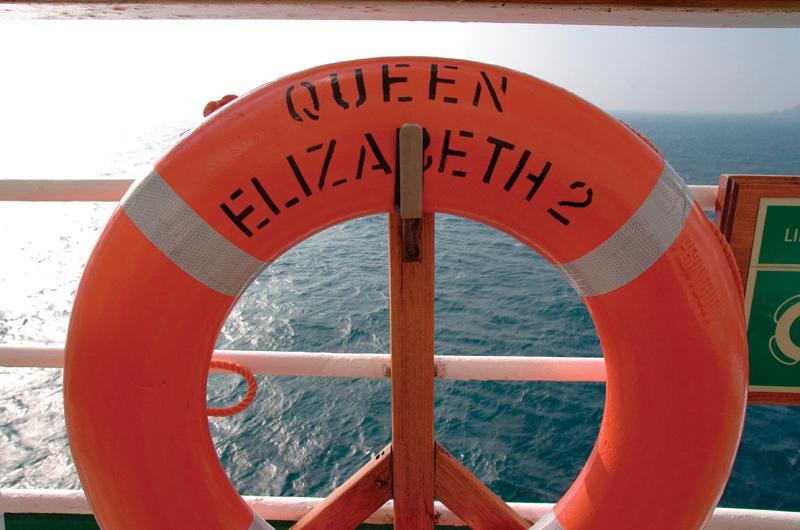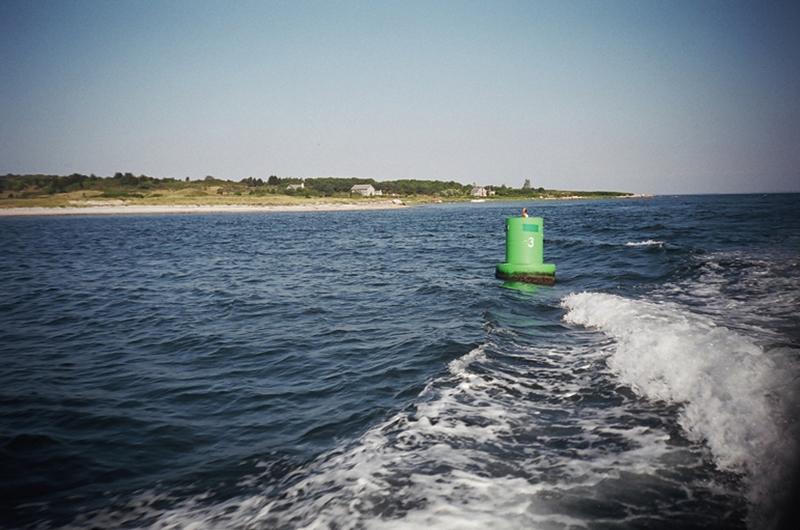 Quansoo: Portion of the great outwash plain on the south shore in Chilmark bounded on the west by Black Point Pond and on the east by Tisbury Great Pond. Wampanoag for “eel” or “long fish,” the name is thought to have originated from the fall migration of female eels from the pond to the ocean. The area includes one of the oldest houses on the Island, the Mayhew-Hancock-Mitchell house, which will soon be open to the public thanks to the Sheriff’s Meadow Foundation. It is also home to Quansoo Beach, which is open only to those who can afford a key that these days can cost as much as $295,000.
Quansoo: Portion of the great outwash plain on the south shore in Chilmark bounded on the west by Black Point Pond and on the east by Tisbury Great Pond. Wampanoag for “eel” or “long fish,” the name is thought to have originated from the fall migration of female eels from the pond to the ocean. The area includes one of the oldest houses on the Island, the Mayhew-Hancock-Mitchell house, which will soon be open to the public thanks to the Sheriff’s Meadow Foundation. It is also home to Quansoo Beach, which is open only to those who can afford a key that these days can cost as much as $295,000.

Quary, Abram: 1772–1854. Whaler, master basket-maker, caterer, and putative “last Indian” on Nantucket. Born nine years after the “Indian Sickness” wiped out 222 of the 358 Nantucket Wampanoag, like most men of the time he became a whaler. He retired from the sea in his seventies to a little house on the bluff in Shimmo, now dubbed Abram’s Point, where, like his mother before him, he supported himself by weaving baskets of beach grass and selling dried herbs and berries from his garden. Despite a general reputation for unsociability, he held grand clambakes after a successful day of clamming, which earned him the moniker “the prince of Nantucket caterers.” A portrait painted three years before Quary’s death hangs in the Nantucket Atheneum with the description “The Last Indian of Nantucket.” It should more accurately read “last male Indian,” as Quary’s fellow Wampanoag, Dorcas Honorable, lived six weeks longer than he did. What’s more, though neither Quary nor Honorable appear to have had children, it’s almost certain that some persons of at least partial Nantucket Wampanoag descent outlived them and their own descendants are alive today.

Queen Elizabeth 2: Well-known cruise ship that ran aground off Martha’s Vineyard in August 1992. After a day spent anchored off of East Chop, the QE2 cruised through Vineyard Sound at 25 knots before hitting a field of boulders some twelve miles west of Gay Head. The impact, which felt to one passenger like an earthquake, resulted in a 300-foot gash in the ship’s hull, but the crew didn’t immediately update the passengers on the situation. “It was a full twenty minutes before there was an announcement about what had happened,” the movie star George Kennedy told the Vineyard Gazette. Most were understandably shaken by the experience, but as they were in no real danger of sinking, others merely finished up a late dinner and reveled into the night aboard the crippled ship: “I heard they are partying like crazy on the boat right now,” said a spokeswoman for the Cunard Line. By morning, the passenger ferry Schamonchi was enlisted to evacuate the 560 first-class passengers off the ship. In the grand tradition of wounded ocean liners, however, the folks in steerage had to stay aboard as the ship limped into Newport, Rhode Island, with many complaining of a lack of cold drinking water. Though the Cunard Line blamed an “uncharted, underwater obstacle,” the National Transportation Safety Board later concluded that the pilot, master, and watch officers of the ship were at fault. The QE2 retired in 2008, but not without another mishap. Almost a year after its grounding west of Gay Head, the ship made news again when a thirty-foot wave south of England caused her to make a deep roll, injuring fifty passengers.

Quick’s Hole: Historic channel, or “hole,” through the Elizabeth Islands, the archipelago that stretches westward from Woods Hole and separates Vineyard Sound from Buzzards Bay. Running between the islands of Pasque and Nashawena, Quick’s is a popular destination for both commercial and sport fishermen, and was frequently used by rumrunners during prohibition as a rendezvous spot. On clear summer days the channel can be full of boats casting or trolling for fish, or anchored up close to the public beach on the Nashawena side. But things can rapidly turn treacherous when tides from the Bay and Sound meet, and the area was one of many in the region known to mariners in the age of sail as “the Graveyard.” As for the identity of the namesake Quick, some point to Cornelius Quick, a captain who sailed the waters with Captain Kidd in the seventeenth century, while others suggest it was named for William Quick, another mariner from the same era. The pronunciation, too, is up for debate – older salts who frequent the place tend to refer to it as “Quickses,” while those landlubbers who have heard of it at all say “Quick’s.”




